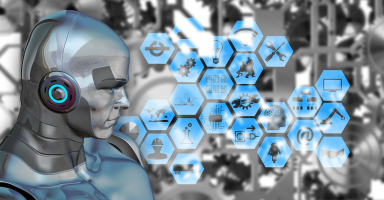Top 10 Things Humans running on low
Nobody would be surprised if we ran out of some products given how the global supply chain issue is currently affecting every major nation on the planet. It ... read more...would be incorrect to limit your analysis to the post-Covid period. Several of these shortages were previously present in many nations before to Covid, but on a considerably smaller scale; the pandemic and its consequences on the world economy have just served to amplify an issue that was already present.
-
The rest of this list makes it abundantly evident that we are rapidly running out of many items. Yet even if we weren't, the issue of storing them would still exist. Storage space has become one of the most valuable and in-demand commodities in the last few years. Simply put, we no longer have the room to store the majority of the products we create, including oil, finished goods, and food grains.
The pandemic and ensuing global economic slowdowns are to blame for a sizable portion of it. Producers suddenly found themselves with a great supply of goods they didn't know what to do with as customer demand for commodities decreased. While the demand for oil had dramatically decreased in the early days of the pandemic, oil suppliers at one point, for instance, were paying storage facilities all across the world to keep their surplus oil.

Image by Alexander Isreb via unplash.com 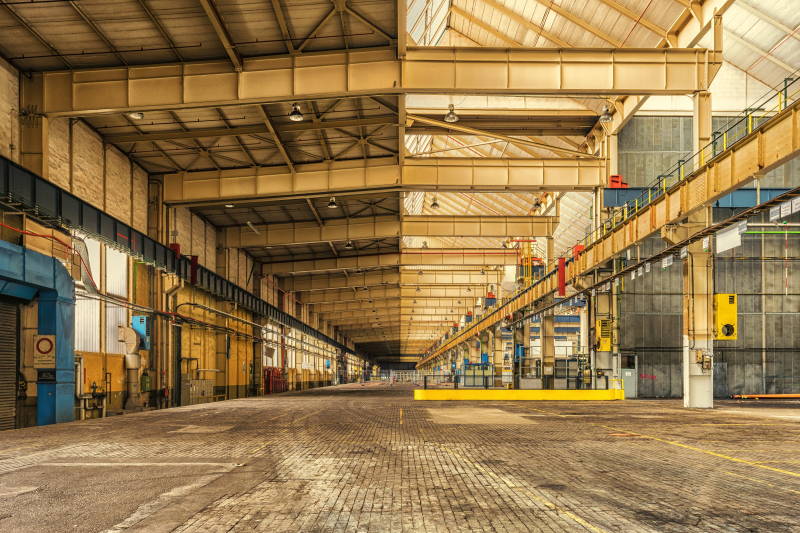
Image by Pixabay via unplash.com -
Given that it covers nearly two-thirds of the planet's surface and is stored in smaller streams, rivers, lakes, and glaciers, water is by far the most plentiful natural substance on Earth. But despite this, there is a severe water shortage in many regions of the world right now, a problem that has only gotten worse as a result of all the recent high heat-related weather events.
Although there isn't a serious water shortage on Earth, the most of it is in the oceans, and desalination on a wide scale is still not a practical solution. The majority of the freshwater we have is either scarce and trapped in geological formations like glaciers, or it is dispersed unevenly and is expensive to transfer.
There are currently 844 million people without access to clean water in the world, and this number is expected to rise over the next several years. We're looking at a future where water would be a much scarcer and valuable resource than it is now. Add all of that together with climate change and its anticipated implications in the coming years.
Image by Ray Piedra via unplash.com 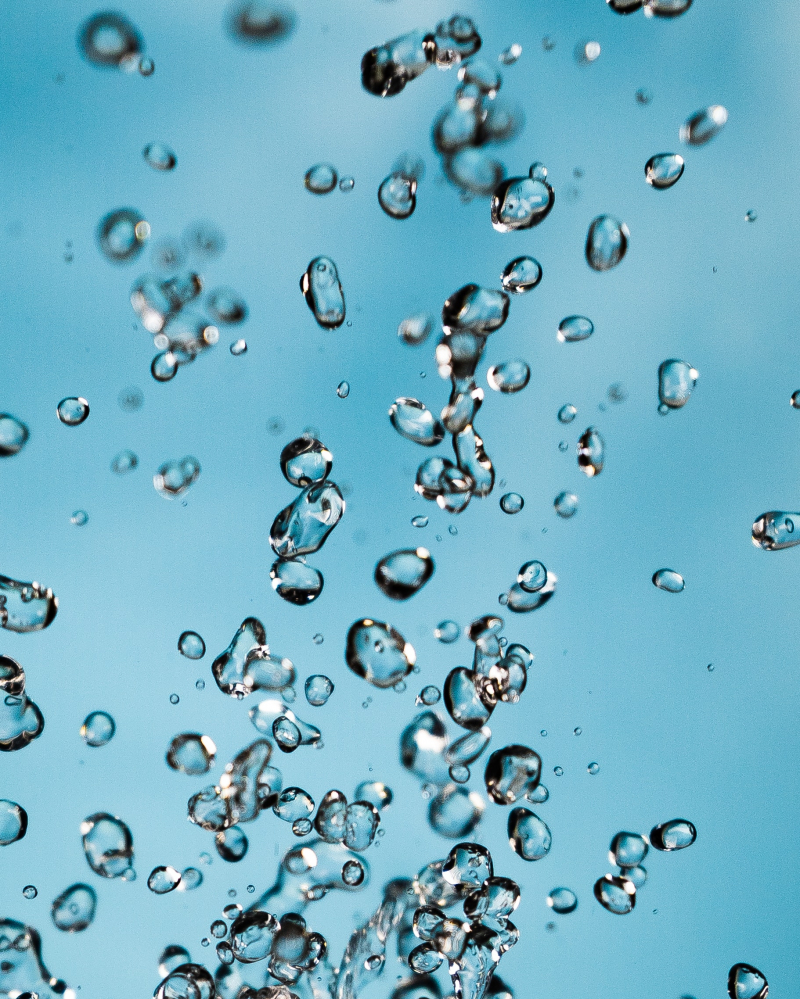
Image by Sebastian Sørensen via unplash.com -
A class of substances known as rare earth metals is used to power modern technology, including wind turbines, automobiles, televisions, and mobile phones. As all of them, including indium, tellurium, rhodium, and others, are necessary for making modern technology smaller, faster, and more effective, the Japanese refer to them as the "seeds of technology."
Regrettably, they share with many other natural resources on this list the disadvantage of being limited and rare in supply. Many rare Earth elements have no other known reserves and are about to completely run out. The rare Earth metal mines in China, the world's largest supplier of rare earth materials, are predicted to run dry in less than 20 years if demand continues at this rate. Some of those metals, such as indium, are over-mined to the point where they might not even survive ten years!
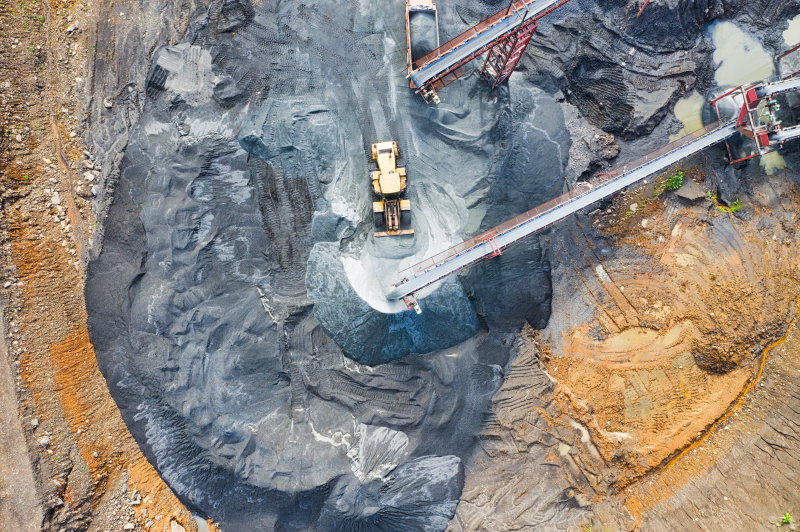
Image by Tom Fisk via unplash.com 
Image by Feyza Yıldırım via unplash.com -
The topsoil, which is the ground's topmost layer and has the largest concentration of nutrients and organic matter, is the best soil for farming. Topsoil is an essential natural resource for our civilization because it is used to cultivate more than 95% of all food produced worldwide.
But during the last few centuries, the topsoil cover of the world has been drastically reduced by our modern, unsustainable farming practices, which include, but are not limited to, excessive tilling, synthetic fertilizers, and an increase in the use of pesticides. In the last 150 years, over half of the world's productive soil has vanished, and this is happening considerably more quickly than at any other period in history, according to one report. For instance, the topsoil in the US is deteriorating around ten times more quickly than it can be restored. The topsoil cover of the entire planet may be depleted at this rate in around 60 years.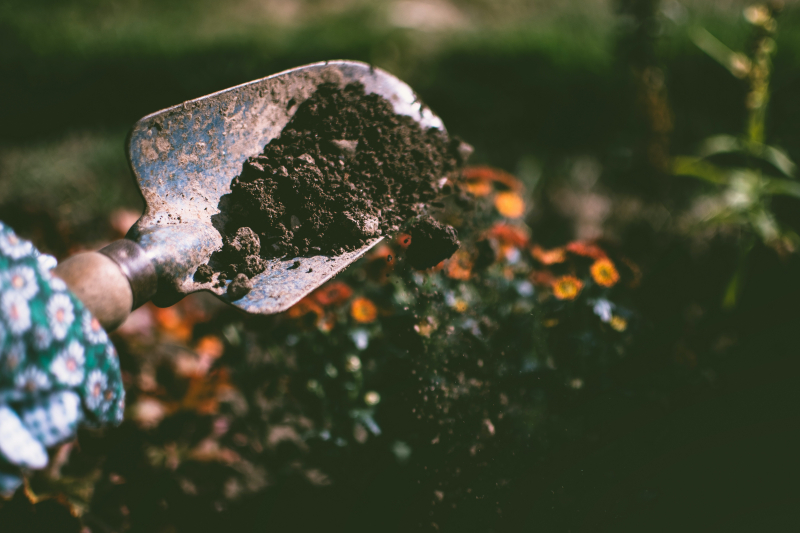
Image by Lisa Fotios via unplash.com 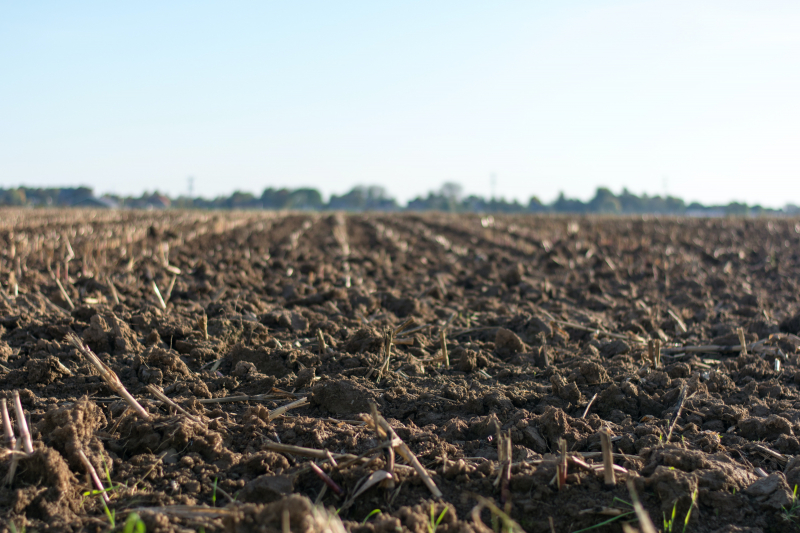
Image by Jan Kroon via unplash.com -
Famines appear to be a relic of a time when people were so reliant on agriculture that even a single bad harvest or minor conflict could cause widespread malnutrition and hunger in entire towns. Clearly, we've come a long way in that regard over the past few centuries, thanks to better food production techniques and access to better healthcare.
We are today experiencing the worst worldwide famine since the Second World War, which has sadly undone all the hard-won victories against world hunger. In more than 46 nations around the world that year, more than 85 million people needed food aid, notably in conflict-ridden areas like Sudan, Yemen, Somalia, Nigeria, and Afghanistan.
More concerning, the epidemic has made the issue exponentially worse; according to reports, up to 20 million people may have been forced into terrible starvation as a result of the virus. According to a research by Oxfam, approximately 11 people worldwide currently die of hunger every minute, which may possibly exceed the rate of global deaths from COVID.
Image by Rajesh TP via unplash.com 
Image by Ella Olsson via unplash.com -
Unless someone discovers a new way to conceivably degrade rock into minute grains of sand over millions of years, sand is perhaps the most extensively utilized natural resource after water. It serves as the foundation for contemporary urban life since it is necessary to produce the concrete that is used to construct our homes, workplaces, and other structures, as well as other crucial components like asphalt and glass.
Well, as you might have guessed, we are also running low on sand. One study claims that by the year 2050, we may have more demand for sand than there is supply of it, yet we still have no reliable substitute. Because of the continuous supply shortage, sand prices are already at all-time high levels. This problem will only get worse over time. Moreover, sand mining significantly harms delicate natural habitats like riverbeds and oceanfronts. In order to prevent additional harm to their surroundings, many nations have even set a limit on their sand exports.

Image by Aistė Sveikataitė via unplash.com 
Image by Jonathan Borba via unplash.com -
As the principal component of all fertilizers, phosphorus may not seem like a significant element to most people, but it is essential to maintaining our food supply. One of the most essential natural elements for contemporary human life, phosphorus is utilized to grow our food in about 90% of the world's phosphorous extracted from diverse deposits.
But several of the largest phosphorus reserves in the world have been fully depleted in recent years. We are already using it up more quickly than natural processes can replace it. If we don't discover new, substantial phosphorus supplies soon, we might run out of it entirely in roughly 80 years.
The excessive and ignorant use of fertilizers worldwide is the main cause of this phosphorus deficit. Small-scale farmers frequently use significantly more fertilizer than necessary since developing nations lack advanced farming techniques. This permanently harms the ecology and depletes the phosphorous supplies as well as seeps into water sources.
Even if we stop that, however, it is a truth that phosphorus is limited in supply, just like all other vital natural resources found on Earth. To truly tackle this issue, we would need to develop whole new techniques for farming and food production.
Image by Ikbal Alahmad via unplash.com 
Image by Muffin Creatives via unplash.com -
Even though it can only be produced in tropical and subtropical areas, the banana is undoubtedly one of the most popular fruit varieties consumed worldwide. It's safe to assume that it's also the most popular fruit in the world, making up over 76% of the world's fruit commerce.
Regrettably, that might not last long. The Cavendish type of bananas, which is the most popular in the world, is currently in danger due to a fungal outbreak that we are unable to control. It has been destroying banana plants for almost three decades and is known as Panama sickness. A stronger, deadlier strain of the fungus has only recently spread to more than 20 countries, wiping out 10,000 hectares of banana crops. Moreover, the Cavendish type appears to have a relatively low level of resistance to the illness once it has been contracted.
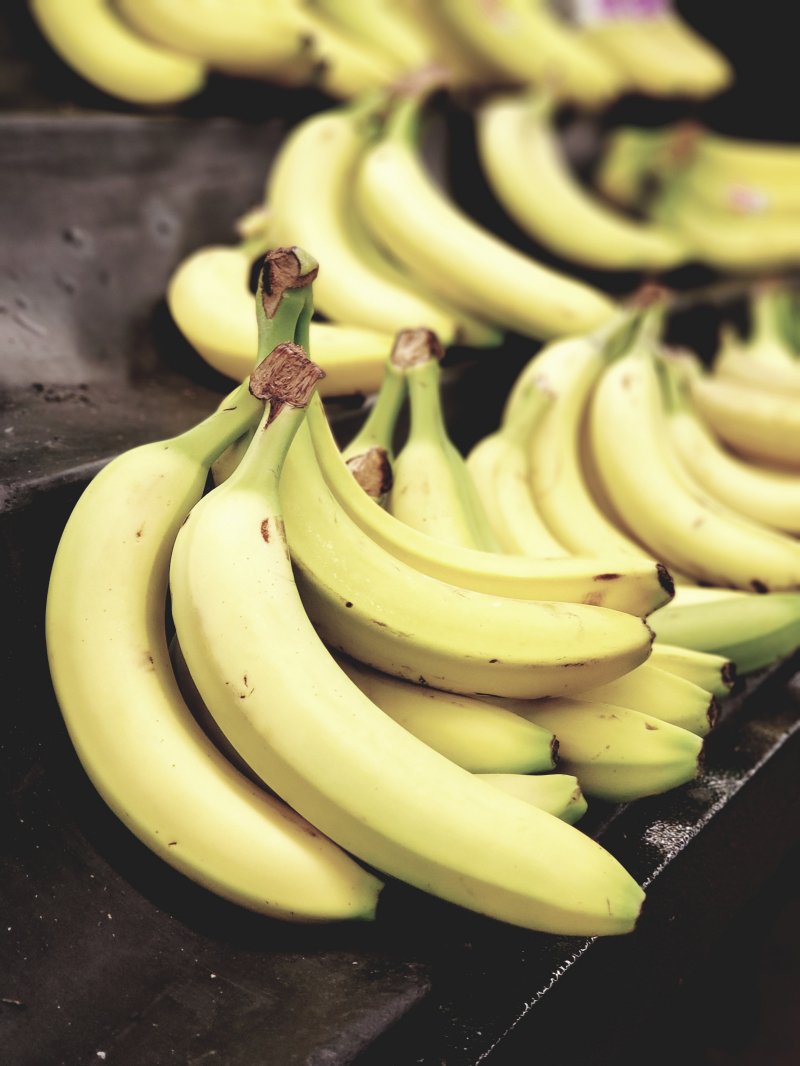
Image by Kio via unplash.com 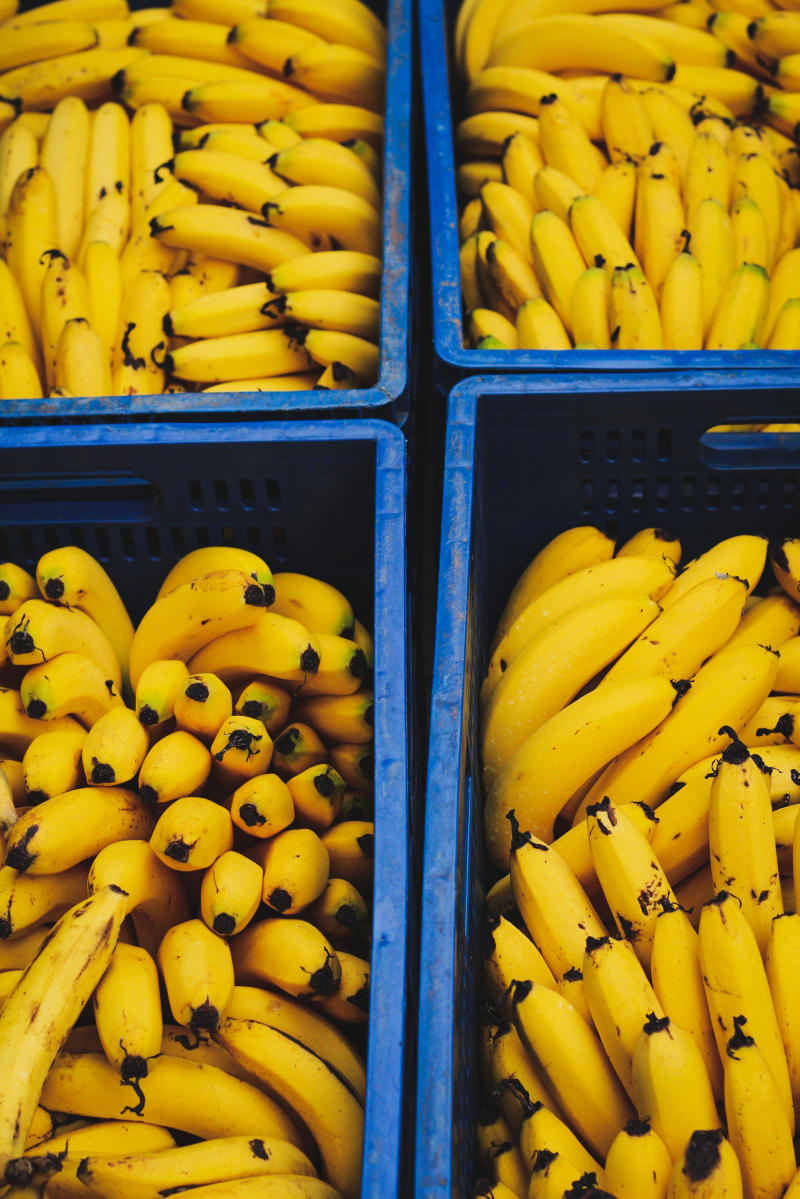
Image by Renata Brant via unplash.com -
Nearly every device we use on a daily basis, including our phones, televisions, and cars, is manufactured using semiconductors, silicon chips that process complicated data. They served as the foundation for the recent technological revolution, which made it possible for the first time for us to construct intricate machines like computers.
Yet right now, there is a severe scarcity of semiconductors all around the world. Though silicon is the second most common element on Earth after oxygen, it isn't because of a lack of raw materials. Instead, it's because of the enormous rise in post-Covid demand for items like laptops and workout equipment.
Also, a lot of automakers are now offering driver assistance systems and other cutting-edge technology that produce a lot of chips. Only two South Korean and Taiwanese enterprises, both of which have experienced their own supply chain challenges and Covid restrictions, make the majority of semiconductor chips.

Image by TimSon Foox via unplash.com 
Image by Jeremy Waterhouse via unplash.com -
You already know how crucial antibiotics are to the study of medicine. They are necessary in a variety of medical treatments, from minor injuries to complicated surgeries, therefore it would be bad if we suddenly ran out of them.
That's exactly what has been taking place for the previous few years, as you can infer from the list's overall tone. In addition to supply issues affecting the production of all medicines, we are now finding a number of novels, potent disease strains that are resistant to well-known antibiotics.
It might not seem like a big concern, but consider what would happen if you couldn't quickly treat a cold (or any medicine). The shortage of basic, daily medications we used to take for granted is made even more concerning by the fact that these strains are emerging quicker than we can develop and replace current antibiotics.
It is fueled by a number of things, such as widespread improper disposal of medical waste and overuse of antibiotics. Nevertheless, the major contributing cause is the absence of regulation and industrial safety requirements in some of the top producers of antibiotics, such China and India, where the issue is far more severe than in other nations.
Image by Pixabay via unplash.com 
Image by Pietro Jeng via unplash.com














